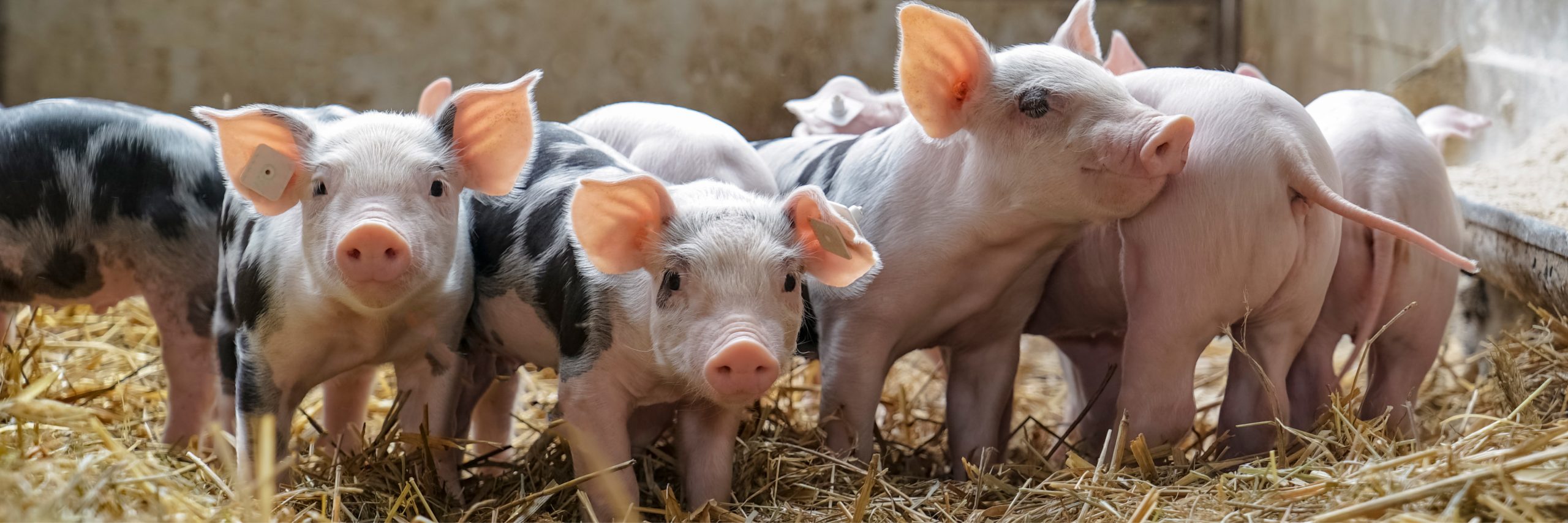Looking Ahead: Measuring Pigs Emotions
Researchers at Wageningen University & Research (WUR) in the Netherlands are looking at defining and measuring animals' emotional state – particularly pigs – and doing it non-invasively by looking at their faces. A single sensor that collects data would help increase livestock's health and productivity – protein – while reducing stress levels by simply taking a picture. Early detection of any disease or illness without the pigs being aware means corrective measures can be implemented quickly to benefit the entire population.
Already in use are a variety of sensors and tools to measure various components.
Such tools incorporate:
- Infrared thermal imaging
- Sound recordings
- GPS tracking
- Drones
Still, researchers are using computer programs like WUR Wolf, developed by the Farmworx Group, to analyze facial features in their early stages. The program recognizes and evaluates 14 facial feature combinations and seven emotional states of cows and pigs. For the study, images and videos of several thousand pigs and dairy cows were considered using You Only Look Once (YOLO) real-time object detection.
The corresponding data was interpreted by PyCharm and Python computer programming languages. The deep learning model WUR Wolf was dedicated to identifying these farm animals' facial expressions, successfully identifying 86% of the animals and their emotional states.
The quantum leap to apply such technology to animals is in its infancy. Early scientific work has to break down animal's emotions into positive and negative.
It is extremely complex, and inputting data includes the appearance of:
- Eyes,
- Ear position
- Age
- Orbital cheek or snout tightening
- Nose bulge
- Eyelid movement
- Pig's body and tail postures
Ultimately, a happy pig is a more productive pig, making the industry better poised to provide protein to a growing population and solve the world's food insecurity.


